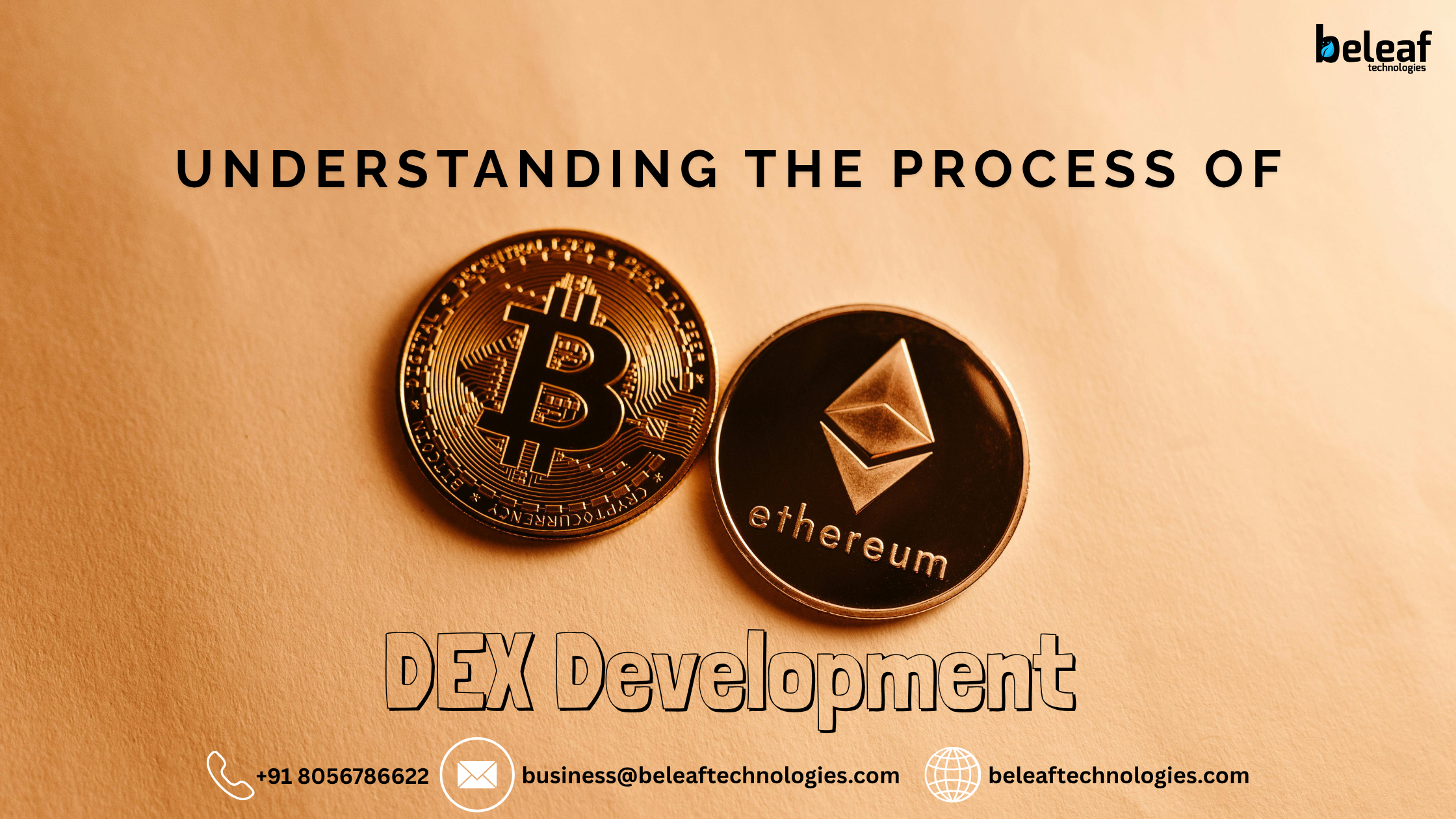Understanding the Process of DEX Development
Unlike traditional centralized exchanges, DEXs allow users to trade directly from their wallets without relying on a middleman. This article explains the key steps and concepts involved in developing a decentralized exchange.
1. What Is a Decentralized Exchange (DEX)?
A platform that facilitates peer-to-peer cryptocurrency trading is called a decentralised exchange.Instead of trusting a central company with their funds, users trade directly from their own wallets. Transactions are recorded on a blockchain, making the process transparent and secure. DEXs use smart contracts self-executing programs on the blockchain to automate trades and manage liquidity.
2. How DEXs Differ from Centralized Exchanges
The biggest difference between DEXs and centralized exchanges (CEXs) is who controls the assets. Users give the platform control over CEXs by depositing money into the exchange's wallet. However, because DEXs are non-custodial, users maintain ownership of their assets up until a deal occurs.
DEXs offer advantages like improved privacy, fewer points of failure, and less risk of hacks targeting a central wallet. However, they may have lower liquidity and slower transactions compared to CEXs, especially on busy blockchains.
3. Core Components of a DEX
Developing a DEX involves building several important parts:
Smart Contracts: These are the backbone of the DEX.They automatically manage fees, liquidity pools, trades, and go
Unlike traditional centralized exchanges, DEXs allow users to trade directly from their wallets without relying on a middleman. This article explains the key steps and concepts involved in developing a decentralized exchange.
1. What Is a Decentralized Exchange (DEX)?
A platform that facilitates peer-to-peer cryptocurrency trading is called a decentralised exchange.Instead of trusting a central company with their funds, users trade directly from their own wallets. Transactions are recorded on a blockchain, making the process transparent and secure. DEXs use smart contracts self-executing programs on the blockchain to automate trades and manage liquidity.
2. How DEXs Differ from Centralized Exchanges
The biggest difference between DEXs and centralized exchanges (CEXs) is who controls the assets. Users give the platform control over CEXs by depositing money into the exchange's wallet. However, because DEXs are non-custodial, users maintain ownership of their assets up until a deal occurs.
DEXs offer advantages like improved privacy, fewer points of failure, and less risk of hacks targeting a central wallet. However, they may have lower liquidity and slower transactions compared to CEXs, especially on busy blockchains.
3. Core Components of a DEX
Developing a DEX involves building several important parts:
Smart Contracts: These are the backbone of the DEX.They automatically manage fees, liquidity pools, trades, and go
07:02 AM - Jul 10, 2025 (UTC)

